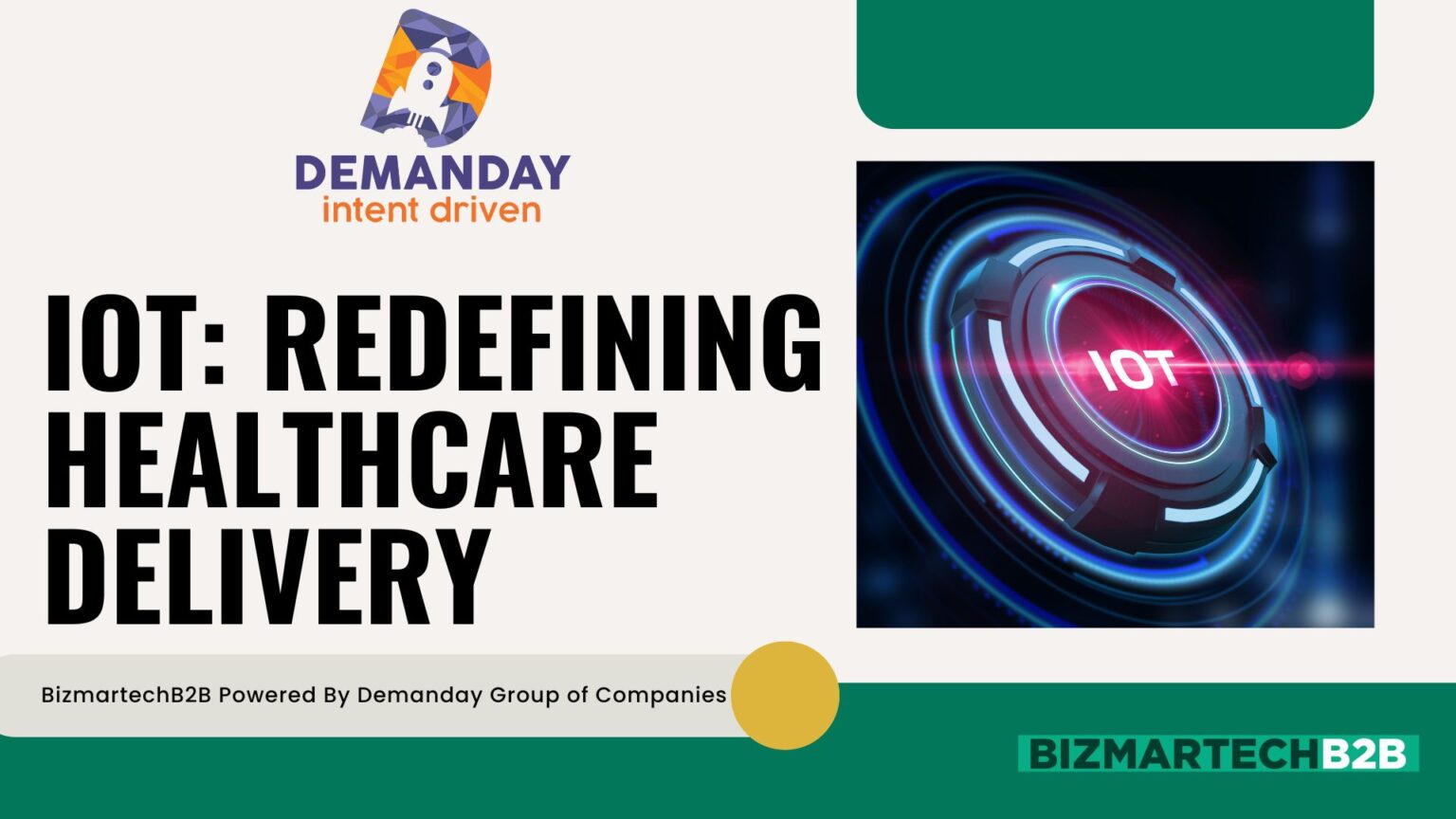The Internet of Things (IoT) is reshaping the healthcare landscape, promising a future of improved patient care, operational efficiency, and data-driven decision-making. IoT is ushering in a new era of linked healthcare by integrating wearables, medical devices, and infrastructure.
Enhanced Patient Care: Putting Patients First
IoT is empowering healthcare providers to deliver more personalized and effective patient care. Here’s how:
- Remote Patient Monitoring: Vital signs can be continuously monitored by wearable technology and sensors, which enables early health issue detection and preemptive therapies. For instance, patients with chronic conditions can be remotely monitored, reducing the need for frequent hospital visits and improving quality of life.
- Personalized Treatment Plans: IoT-generated data provides valuable insights into patient behavior, preferences, and health conditions, enabling healthcare providers to develop tailored treatment plans. This personalized approach can lead to better patient outcomes and increased satisfaction.
- Chronic Disease Management: IoT devices can help patients with chronic conditions manage their health effectively. For example, smart insulin pens can track insulin dosage and blood sugar levels, aiding in diabetes management.
Streamlining Operations: Improving Efficiency and Cost-Effectiveness
IIoT is increasing overall efficiency, cutting expenses, and streamlining healthcare operations. Key benefits include:
- Inventory management: By monitoring medical equipment and supplies in real-time, overstocking and shortages are avoided, and resource allocation is maximized.
- Asset Management: IoT-enabled devices can track the location and utilization of medical equipment, reducing downtime and maintenance costs.
- Facility Optimization: By monitoring energy consumption, patient flow, and equipment usage, healthcare facilities can optimize their operations and reduce costs.
- Supply Chain Management: IoT can enhance supply chain visibility, ensuring timely delivery of essential medical supplies and reducing stockouts.
Overcoming Challenges and Ensuring Security
While the potential benefits of IoT in healthcare are immense, addressing challenges related to data privacy, security, and interoperability is crucial.
- Data Security: Robust cybersecurity measures are essential to protect sensitive patient information from cyberattacks. It is essential to implement access limits, encryption, and frequent security assessments.
- Interoperability: Ensuring seamless communication between different IoT devices and systems is crucial for effective data exchange. Adopting standardized protocols and data formats can facilitate interoperability.
- Patient Privacy: Protecting patient privacy is paramount. Obtaining informed consent, implementing data minimization principles, and complying with relevant regulations are essential.
- Ethical Considerations: The use of IoT in healthcare raises ethical questions, such as the potential for bias in algorithms and the impact on the doctor-patient relationship. Careful consideration of these issues is necessary to ensure responsible and equitable use of IoT technology.
The Future of Healthcare: An IoT-Driven Ecosystem
The integration of IoT in healthcare is still in its early stages, but its potential is undeniable. As technology continues to advance, we can expect to see even more innovative applications emerge, such as:
- Predictive analytics: Using IoT data to anticipate patient needs and prevent health crises.
- Virtual and augmented reality: Enhancing medical education, training, and patient experience.
- Robotic surgery: Improving surgical precision and outcomes through IoT-enabled robotic systems.
By embracing IoT and addressing its challenges, the healthcare industry can create a more connected, efficient, and patient-centric future.

